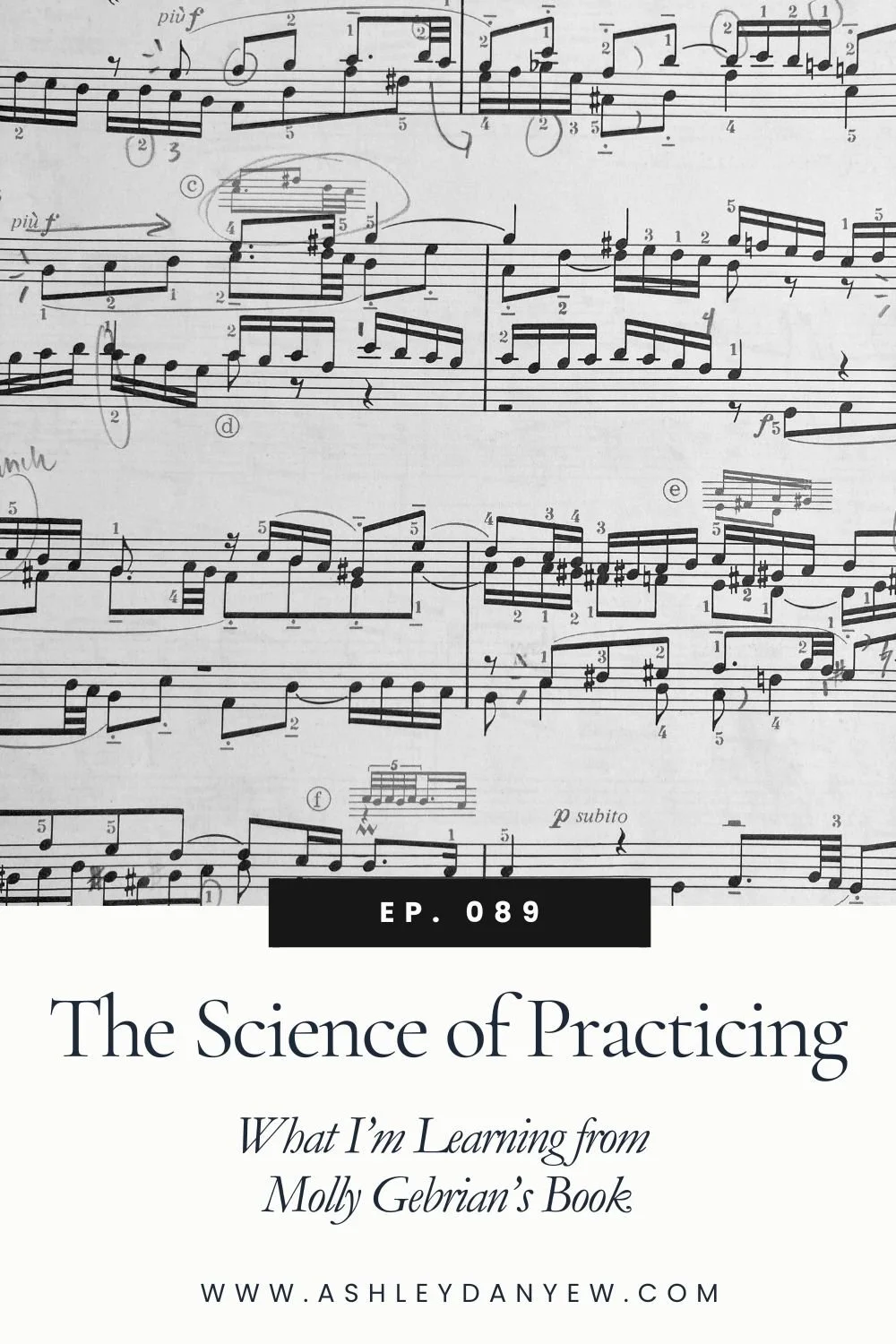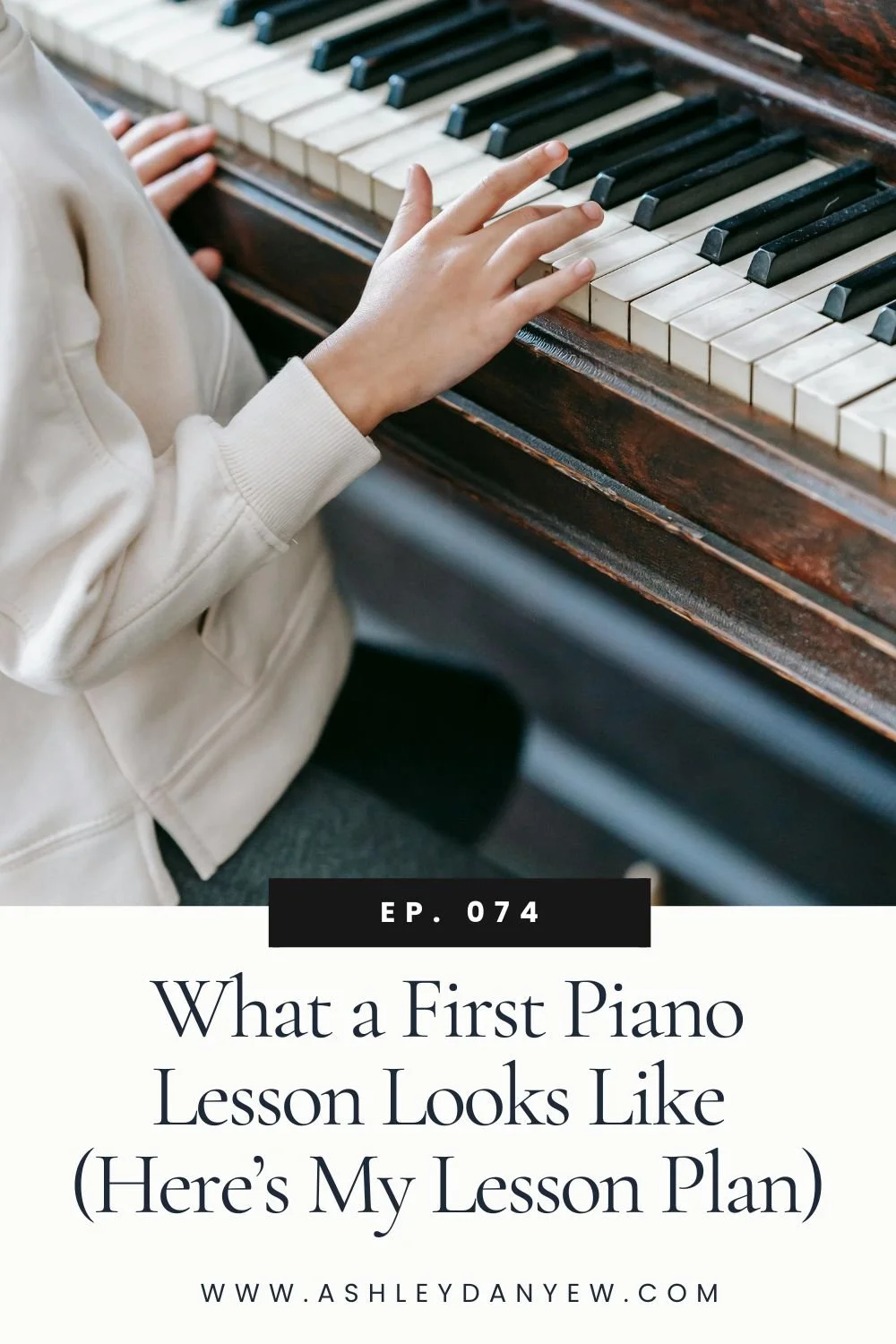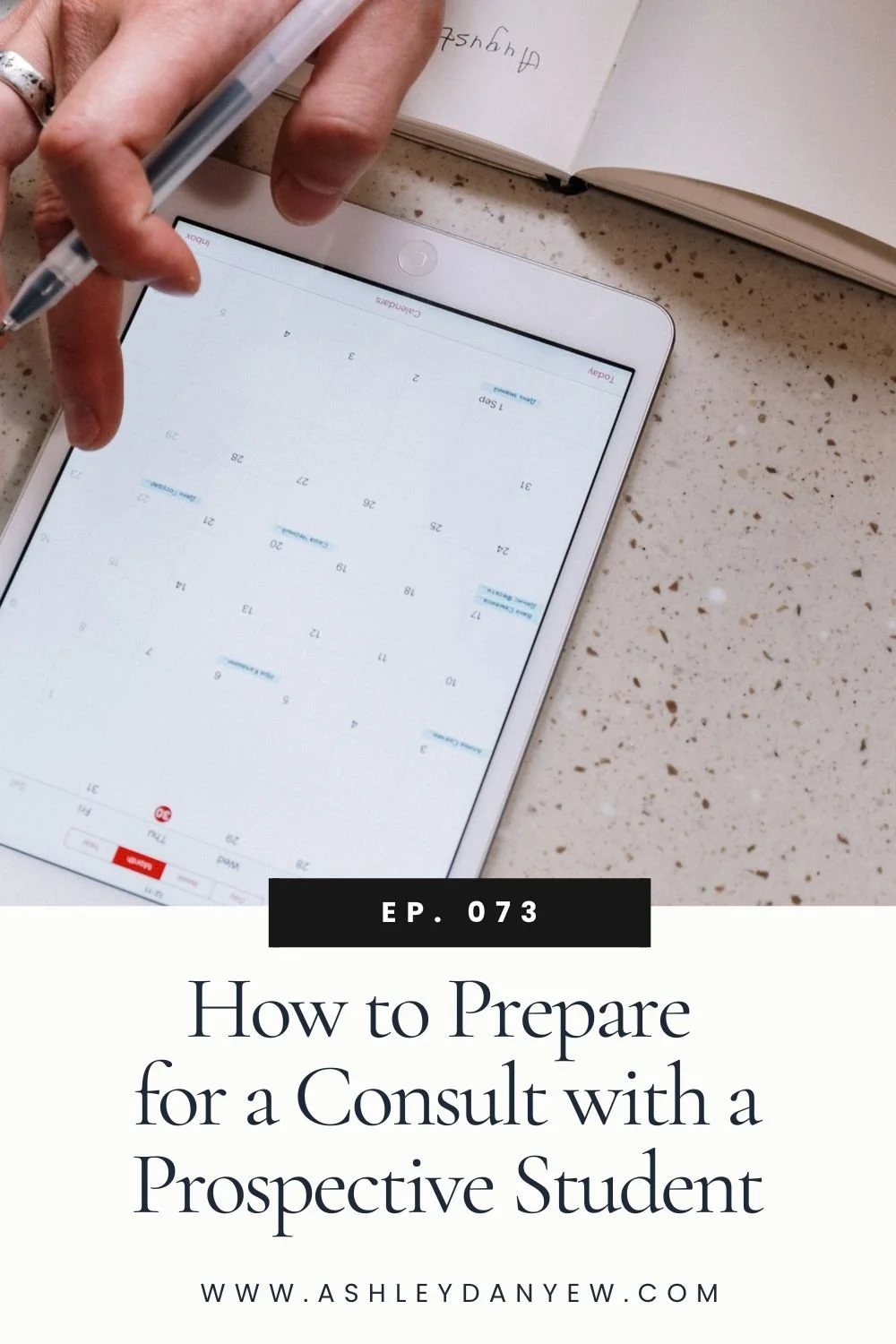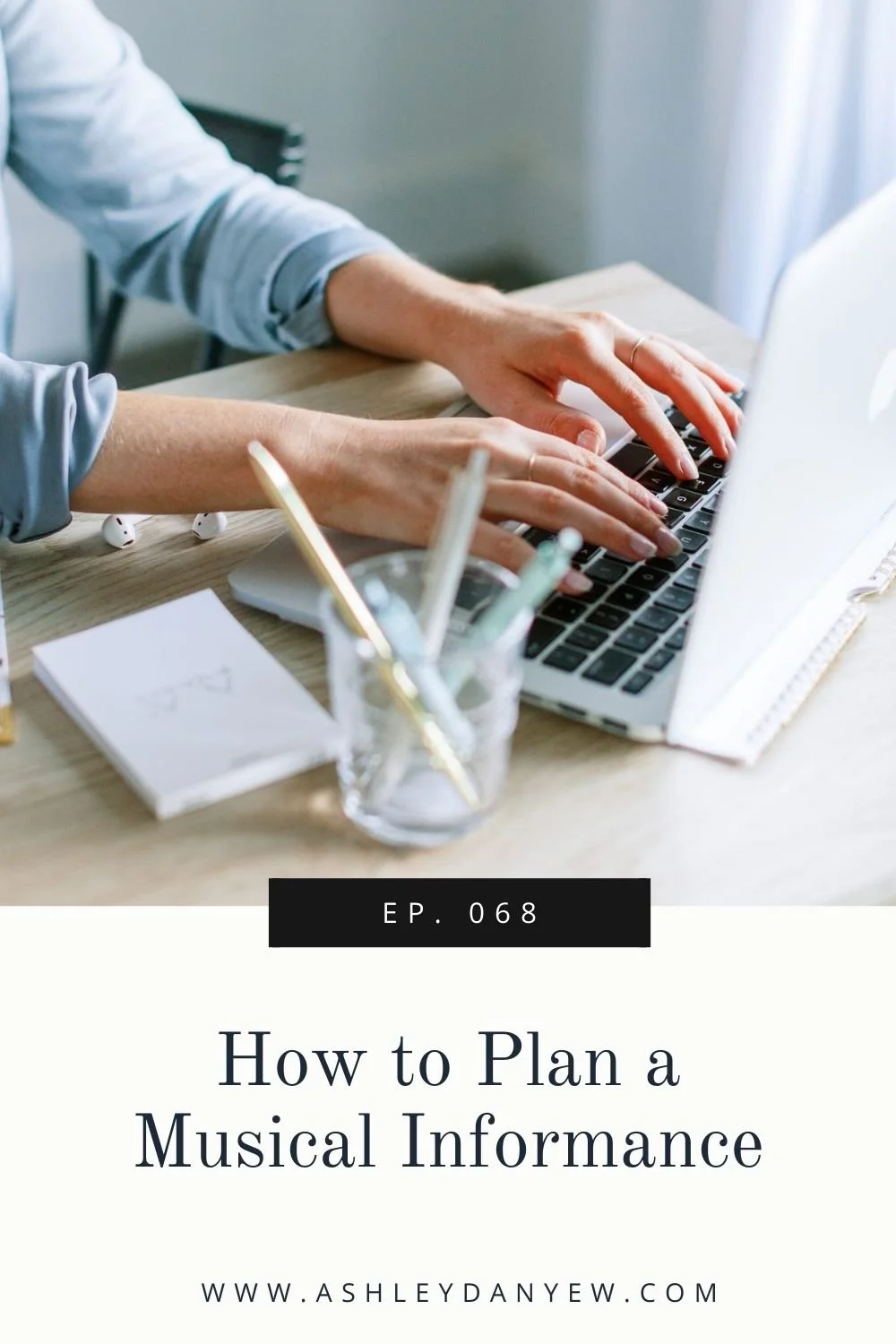Resources Mentioned
“Some Other Time” (Bernstein)
“Peace Piece” (Bill Evans)
The Profound Impact of Peace Piece – Bill Evans Time Remembered Documentary Film
“Flamenco Sketches” (Miles Davis)
“It’s Been a Long, Long Time” (Harry James)
“Put on Your Sunday Clothes” (Wall-E)
“It Only Takes a Moment” (Wall-E)
It starts simply. Two blocked jazz chords with I-V in the bass. And then the vocalist comes in:
“Twenty-four hours can go so fast.
You look around, the day has passed…”
This is Leonard Bernstein’s song “Some Other Time” with lyrics by Betty Comden and Adolph Green, written for the 1944 musical, On the Town. It’s about three sailors on 24-hour leave in New York City who meet three women before leaving for war. Four characters perform this song (in the stage version), hoping to catch up some other time, but knowing they may never see each other again.
I first heard this song a few weeks ago on Bill McGlaughlin’s weeknight radio show, Exploring Music. We’ve been listening to this show for over 16 years—we have it on while we cook and eat dinner.
Bill has a wonderful way of curating music listening experiences for the audience, incorporating primary source material and playing motives, melodies, and chord progressions on his studio piano to highlight certain elements. He explores a different theme each week—everything from art songs to symphonies, Gershwin to Schubert, Barber to Beethoven, Baltic music, English music, and more.
A few weeks ago, he did a series called “Dona Nobis Pacem (Grant Us Peace).” Nestled in the middle of the Wednesday night program, he paired Bernstein’s “Some Other Time” with jazz pianist Bill Evans’ improvised solo piano recording, “Peace Piece.”
I was captivated.
I got up from the dinner table and went to the piano to find the two chords by ear, playing along gently with the recording.
Today, I’m taking you behind the scenes of these two pieces of music—exploring how they’re made, what they have in common, and how hearing them played back to back inspired a listening and improvisation project in my intermediate-level studio class last month.
Bernstein & Bill Evans: A Comparison
Set in the bright key of C major, “Some Other Time” is melancholic without being overtly sad. The vocal line is characterized by a descending octave glissando on the words, “Oh, well,” a poignant moment at the end of every chorus.
The accompaniment is marked by the ostinato established at the beginning—Cmaj7 to G9sus4—and a series of planing jazz chords: Cmaj7-Dm7-Em7-Dm7-Cmaj7. Underscoring the vocal glissando, “Oh, well,” the piano plays a series of falling fifths.
Evans recorded “Peace Piece” in December 1958, at the end of the recording session for his album Everybody Digs Bill Evans. He described:
“What happened was that I started to play the introduction (“Some Other Time”), and it started to get much of its own feeling and identity that I just figured, well, I’ll keep going.” (source: The Profound Impact of Peace Piece – Bill Evans Time Remembered Documentary Film)
He was 29 years old.
He used the same opening chords at the beginning of “Flamenco Sketches,” when he recorded Kind of Blue with Miles Davis the next year. This became the best-selling jazz album of all time, with over 5 million copies sold.
That night, listening to these two pieces played back to back on the radio, I wasn’t expecting them to be related. I didn’t know one was inspired by the other. I just listened and observed.
“I know what I’m doing in studio class next week,” I said.
Creating the Listening Project
My intermediate class has four students this year—one 7th grader, one 8th grader, and two 10th graders. I thought about how I could create an activity where they could discover the similarities between these two pieces and maybe learn the iconic two chords that lay the foundation for everything else.
I decided to introduce it as a listening project: “I have two pieces to play for you,” I began. “One is a song by Leonard Bernstein, written for the musical On the Town, and the other is a solo piano piece by jazz pianist Bill Evans.”
I gave them each a sheet of paper with a few prompts to guide their listening:
Tonality (major or minor)
Meter (duple, triple, quadruple, unusual)
Style (classical, jazz, folk, pop)
Interesting feature (interval, pattern, observation)
Tempo (adagio, lento, andante, allegro, vivace)
Form (verse/chorus, ABA, through-composed, theme/variations)
Melody (stepwise motion, leaps, chromaticism)
I circled around the room to observe their reflections and answer questions like, “What does through-composed mean?” After we listened to “Some Other Time,” I went straight to the next recording and let them reflect on the same prompts for the second piece.
Then, I asked them to share their initial thoughts.
Sharing Student Reflections
One student said, “They were very similar.” Another commented on the same bass chords repeated many times and “a lot of Sol-Do and octaves.” Another said it reminded them of Harry James’ big band hit, “It’s Been a Long, Long Time,” which they knew from Avengers: Endgame.
My 7th grade student said it sounded like music from the Disney-Pixar film, Wall-E, a seemingly abstract connection in the moment, but I’ll take it.
Side note: I did explore this connection later and could hear the similarity between the opening of “Some Other Time” and “Put on Your Sunday Clothes” (two similar chords, I and V). I also recognized a similar melodic line at the beginning of the duet, “It Only Takes a Moment.”
It’s really interesting to hear them make connections to other things they know. I love gathering these insights.
Improvising at the Piano
“What are those two chords?” one student asked. We went to the piano and I showed them what I had figured out the week before.
One student played the ostinato while another (her older sister) stepped in to improvise in an upper octave. After a minute, I grabbed my phone to take an audio recording.
I couldn’t believe how mesmerizing and musical it was. How drawn in they became to the sound, to the creative process. How willing they were to improvise.
Reflecting on The Experience
Later, I thumbed through their listening sheets to see what they observed.
All four students noted that “Some Other Time” was in major, but they were conflicted about the meter—quadruple or unusual. Some felt it was more classical, others thought it leaned folk, one noted jazz, one noted pop, and one wrote, “I don’t remember what this style is, but I’ve heard it before.”
For interesting features they wrote:
“Occasional large leap to a high ‘oh’”
“Interesting harmony in the chorus”
“Sol-Do” (descending)
“Sounds like Wall-E”
They all agreed it was slow (lento) and that it followed a verse/chorus structure. They identified stepwise motion and leaps, though not chromaticism, which was interesting.
For “Peace Piece,” they were conflicted on whether or not it was major or minor, though they all identified the quadruple meter. One student felt it leaned classical, but the others noted jazz as the dominant style.
For interesting features they wrote:
“Repetitive, consistent bass (I think it’s called Alberti?)” (that’s cute, but not correct)
“Same bass chords repeated many times. Minor 7th interval. Sol-sol-sol-la-sol”
“Sol-Do” (descending), “Do-Do-Do” (with arrows to show direction)
“Repeating bass”
They all agreed it was slow (adagio or lento) and were split on the form—through-composed and theme and variations, with some marking both. Again, they identified stepwise motion and leaps, and three out of the four indicated chromaticism, as well (it’s more obvious at the end).
Later that week, I sent out a studio class recap to parents. As I reflected on what we had experienced together, I was more and more pleased. I intentionally positioned myself as a facilitator rather than a teacher, allowing them to take ownership of their learning and make their own discoveries. This is something I talked about in Ep. 042 - What Does It Mean to Be a Teacher-Facilitator? I could be a learner, too—making new connections, analyzing the music, observing someone else’s creative process, and studying their improvisation.
I concluded the email by saying, “This was a college-level activity, and I was thrilled to be able to introduce it to this group. I was very impressed with their critical listening and thoughtful observations. I look forward to doing more activities like this with them in the future!”
Conclusion
I hope you enjoyed this glimpse into our recent studio class. I hope it inspires you to incorporate music listening into your teaching on a more regular basis. Think about creative ways you can introduce it, projects you can put together, questions you can ask to get your students thinking and reflecting, improvisation prompts to inspire them to apply what they’re learning.
And maybe after hearing today’s episode, you’ll be inspired to run to the piano to pick out the two chords that inspired these two great compositions and create your own musical improvisation.
I’d love to hear from you:
I’d love to hear what you thought of today’s episode. Would you like to hear more stories from my studio? More about the projects and activities we’re doing in studio classes? More about music listening projects? Send me an email, comment on the blog post version, or DM me on Instagram. I always love hearing from you.
Let’s Work Together
If you’re looking for more tailored support, teaching strategies, and new ideas, I’d love to help. I offer 1:1 60-minute strategy sessions + 25-minute mini sessions to help you sharpen your skills, provide a fresh set of eyes, spark new ideas, and give you the tools you need to feel creative and confident in your teaching.
I know what it’s like to plan weekly lessons, create resources, design curricula, find time to practice, and manage the business side.
My goal is to provide you with focused, thoughtful answers, practical teaching strategies, creative ideas, and personalized advice on 1-4 topics of your choice. I’ll prepare by researching, brainstorming, and pulling together relevant resources, so our call is as valuable for you as possible.
If you’re curious to learn more, you can request a free, 15-minute consult.
Have a great rest of your week! And in the words of the song, “We’ll catch up some other time.”





































